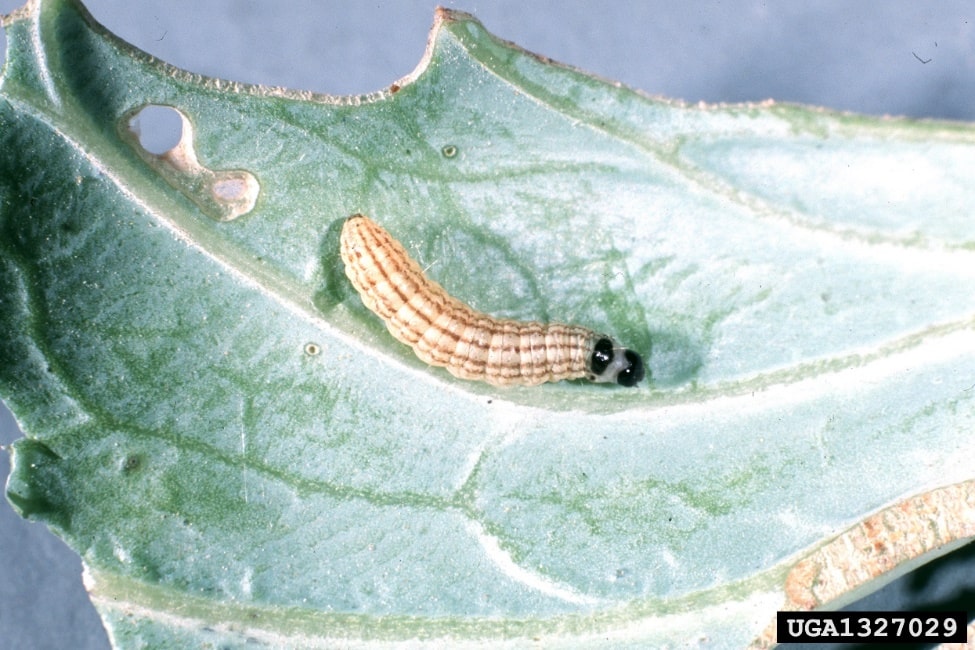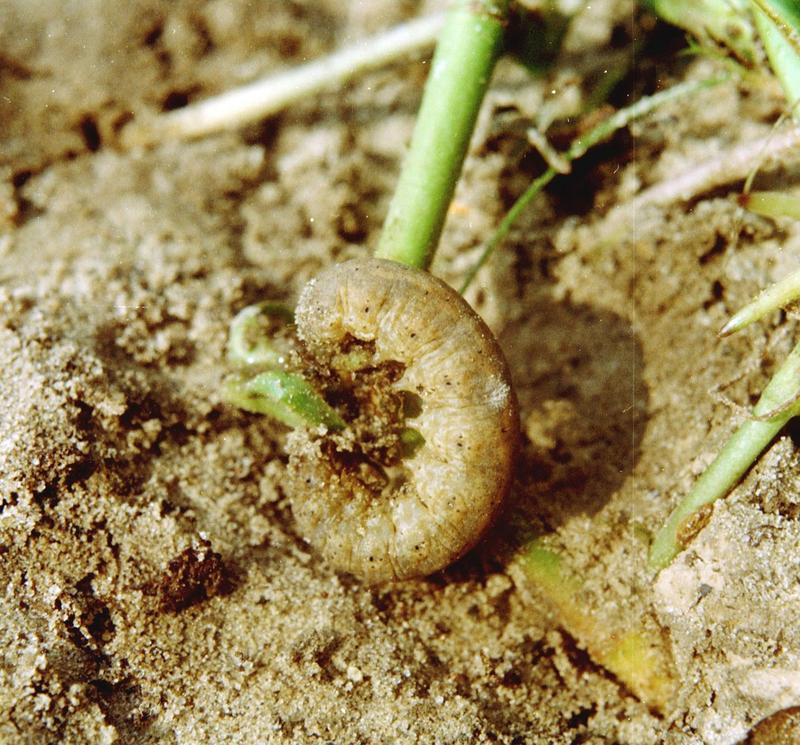


Cauliflower (Brassica oleracea L. var. botrytis) is an important winter vegetable grown in India, It is an annual plant which reproduces by seeds. Cauliflower head is composed of a white inflorescence meristem – the edible white flesh is sometimes called "curd".


Cauliflower might provide plenty of nutrients like vitamins, minerals, and other active phytochemicals. The nutritional value of cauliflower per 100 grams of serving is given below.
| Nutritional component | Value |
|---|---|
| Carbohydrate | 4.97 g |
| Protein | 1.92 mg |
| Fibre | 2 g |
| Fat | 0.28 g |
| Fructose | 0.97 g |
| Glucose | 0.94 g |
| Iron | 0.42 mg |
| Sodium | 30 mg |
| Potassium | 299 mg |
| Phosphorous | 44 mg |

In India, the area under cauliflower was 459 thousand hectares with a production of 8800 thousand tonnes and productivity of 19.17 tonnes/ha.

Cauliflower has a wide range in adaptation to diverse climatic conditions, prevailing in temperate subtropics and tropical parts. The optimum temperature for growth of young plants is around 23oC, but in later stages 17-20oC are most favourable. The tropical cultivars show growth even at 35oC. Lower temperatures ranging from 5oC to 28-30oC are needed for transition from vegetative to curding phase. The temperature higher or lower than the optimum required for curd formation of the cultivars may cause physiological disorder viz. riceyness, leafy curd and blindness.

Well drained sandy loam for early and well drained loam to clay loam for mid and late varieties. Optimum pH- 6.0-7.0

Early Kunwari, Pusa Katki, and Pusa Deepali.
Improved Japanese, Pusa Synthetic, Pusa Snowball, and Main Crop Patna.
Snowball-16, Pusa Snowball K-1, and Hissar-1.
Plant short, bluish-green leaf with waxy bloom, small to medium curd, tends to grow loose faster, hemispherical with an even surface.
Plant medium; bluish-green leaf with waxy bloom; curd small to medium.
Plant medium-tall, leaf short erect, waxy, green, curd medium compact, white, self-blanched uniform, well-protected by leaves, riceyness is almost absent, maturity 100-120 days.
Plant tall, erect, leaf bluish-green, not incurved, curd large, compact, white, maturity 90-95 days.
Plant erect, leaf nos 24-28, varying in color, curd medium, somewhat creamy white to white compact, maturity 130 days, yields 225 q/ha.
Curd medium-sized, solid and of attractive snow white color.
Plant short, 24 to 28 outer leaves, upright grayish-green, incurved, curd medium, compact, snow white and self-blanched, maturity 90 days.
Plant spreading, outer leaf 24-28 nos., self-blanched, snow white, maturity 90-95 days, resistant to black rot.

Land should be prepared to a fine tilth and FYM or compost to be applied. It is advisable to apply slaked lime every 3 years according to the soil test result. Lime should be applied at least 30 days before planting.
FYM @ 10 t, N 80 kg, P2O5 60 kg, and K2O 60 kg/ha (1.3 t FYM, 23.5 kg Urea, 50.4 kg SSP, 13.6 kg MOP/bigha). Half of N and full doses of FYM, P2O5, and K2O should be applied as basal and the remaining half of N to be top-dressed at 30 days after planting (during earthing up). For the kitchen garden, half of N and the whole of P2O5 and K2O may be applied by the ring method around the plant at 15 days after planting and the other half of N at 30 days after planting.
Apply either 8 kg of Borax (1.1 kg/bigha) or 6 kg of Boric acid (0.8 kg/bigha) powder per ha along with basal fertilizers or spray 0.2-0.3% Borax (@ 1.6-2.4 kg/800 ltr/ha) against browning in boron-deficient soils. To prevent the deficiency of molybdenum, apply Na or NH4-molybdate @ 1-2 kg/ha along with basal fertilizers or irrigation water. Foliar spray of NH4-molybdate 0.01-0.1% @ 200-300 g/ha is also recommended. Foliar spray with commercial micronutrients formulation may be done.


Cut-worms snip the tender stems of newly transplanted seedlings.



Blanching:
When the curd (the white head) is about 2 to 3 inches in diameter, tie the outer leaves together over the head with a rubber band, tape or twine. this is called blanching and it protects the head from the sun and helps to get that pretty white colour.
Harvesting: Cauliflower is harvested when the curds obtain proper size.
Yield: 150-175 q/ha for early and mid and 175-200 q/ha for late crop Seed yield: 25-40 q/ha.
Jorhat, PIN - 785013 Assam